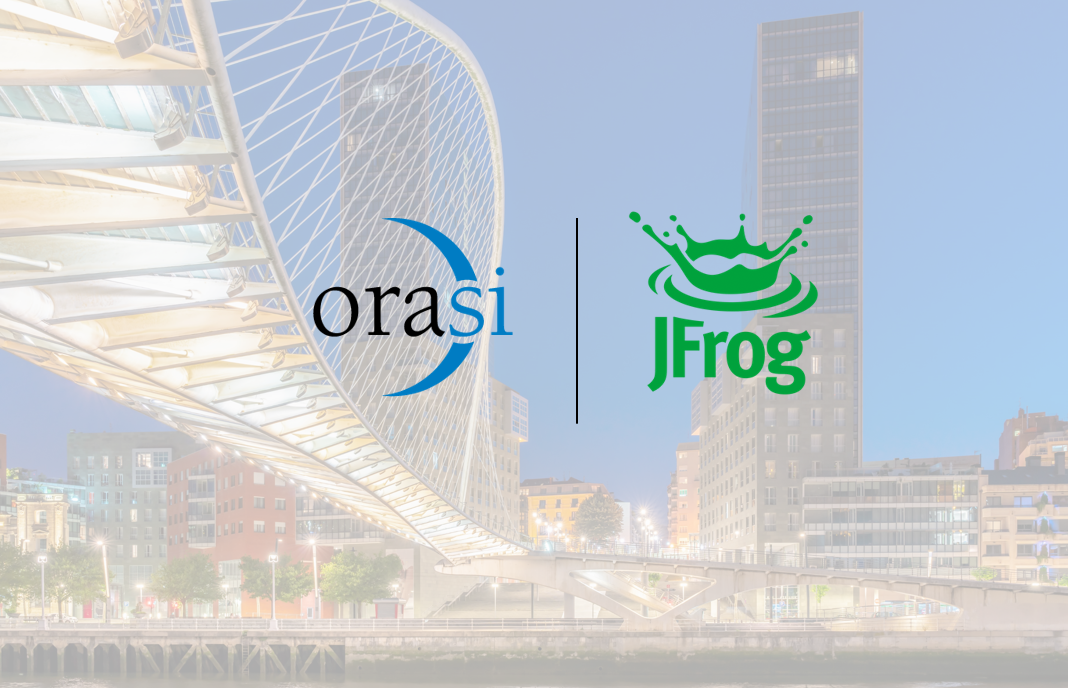By: Mark Lewis, SVP Sales and Marketing
Dissolving Dev and Ops parts of a software delivery life cycle is what DevOps is about. But this simple change can bring about a revolution in the way software is envisioned, mapped, coded, packaged, tested, and delivered. Blurring the boundaries between Dev and Ops is the core of this software development methodology. When software development teams and information technology operatives work together, it creates a disruptive innovation, collaboration, and rapid response environment. And these benefits keep rolling to include:
- Fast development methodologies
- Rapid delivery assurance with faster release velocity
- Continuous build, push-button deployments with lower defects
- Consistency, productivity, and higher uptime
- Less wastage of time, code, and money
- Automated quality testing and in-depth Quality Assurance (QA)
- Faster ‘time to market’ and heightened user satisfaction
- Iteration and continuous feedback powered by strong and continuous communication among various stakeholders, like coders, QA teams, production engineers, and customers
DevOps vs Agile: The Same Thing?
These two software development methodologies are architected on similar grounds, but they differ in how they achieve their goal. The ultimate goal is, of course, how to deliver a quality-packed and effective end-product – in a swift and agile way.
In DevOps, this is achieved by increasing collaboration and communication between the core teams of Development and Operations. This enables them to build, test, and release software more quickly and without compromising security, speed, and efficiency.
The overall leadership mindset and culture are nudged towards agility, teamwork, self-organization, and accountability in the Agile methodology. In addition, there is an emphasis on continuous alignment with customer needs and trends. Here, smaller teams start to collaborate and become responsive to ever-changing consumer needs.
DevOps allows for frequent releases, while Agile helps teams to adapt to the changing requirements rapidly. So, DevOps is about accelerated frequency, and Agile is more centered around user-centric software approaches.
DevOps Methodology – the Blueprint
DevOps works on some core principles like Automation, Iteration, Self-service, Continuous Improvement, Continuous Testing, and Collaboration.
One should be clear about the need and the approach to implementing a DevOps methodology for your organization. It should start from planning, coding, and traverse to building, testing, packaging, and release. The operations should include: infrastructure installation, configuration, production-level components, infrastructure changes (scalability), infrastructure configuration and management, infrastructure-as-code tools, capacity planning, capacity & resource management, service deployment, high availability, data recovery, log/backup management, database management, and security tools. In addition, there should be a strong space for monitoring, which encompasses service performance monitoring, log monitoring, end-user experience, and incident management.
DevOps Methodology – Benefits
DevOps – when done with the suitable model and tools – can usher in many beneficial outcomes. In the Accelerate State of DevOps report 2020’ it was seen that high and elite performers made up two-thirds of respondents. In 2019, the weight was more towards low and medium performers, making up 56 percent of respondents. It looks like as the industry continues to speed up its adoption of DevOps principles, the teams are enjoying meaningful benefits. As per this survey, the teams who excel at modern operational practices are 1.4 times more likely to report greater Software Delivery and Operational (SDO) performance and 1.8 times more likely to report better business outcomes. This shows that just introducing DevOps is not enough. Doing it well counts too.
Invest in DevOps for the right reasons. Have a clear plan and goal here. And make sure you do it with experts who know the game. This shift will affect IT and processes in your organization and the culture, people, and mindset. So, start smart and start right.



